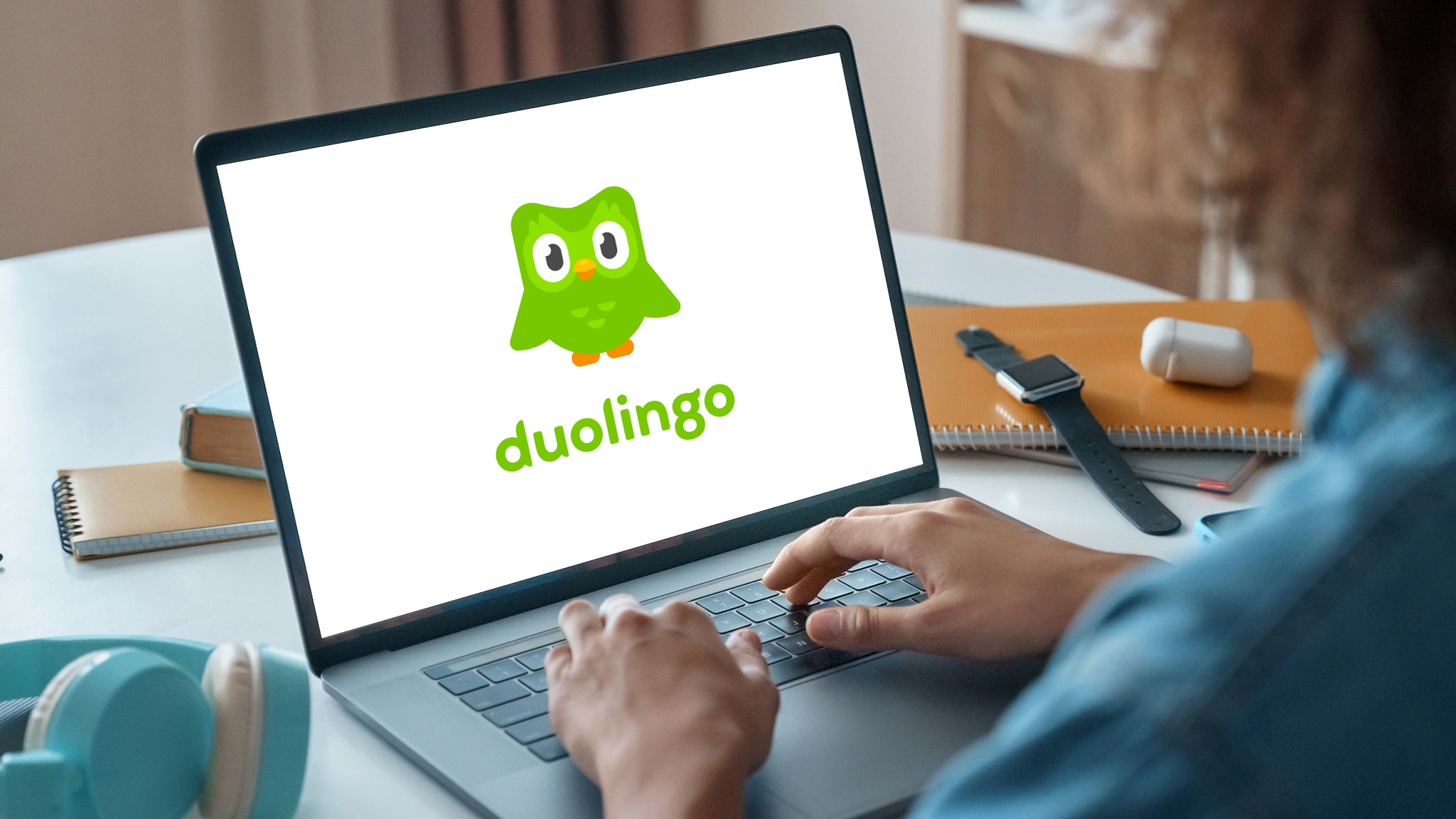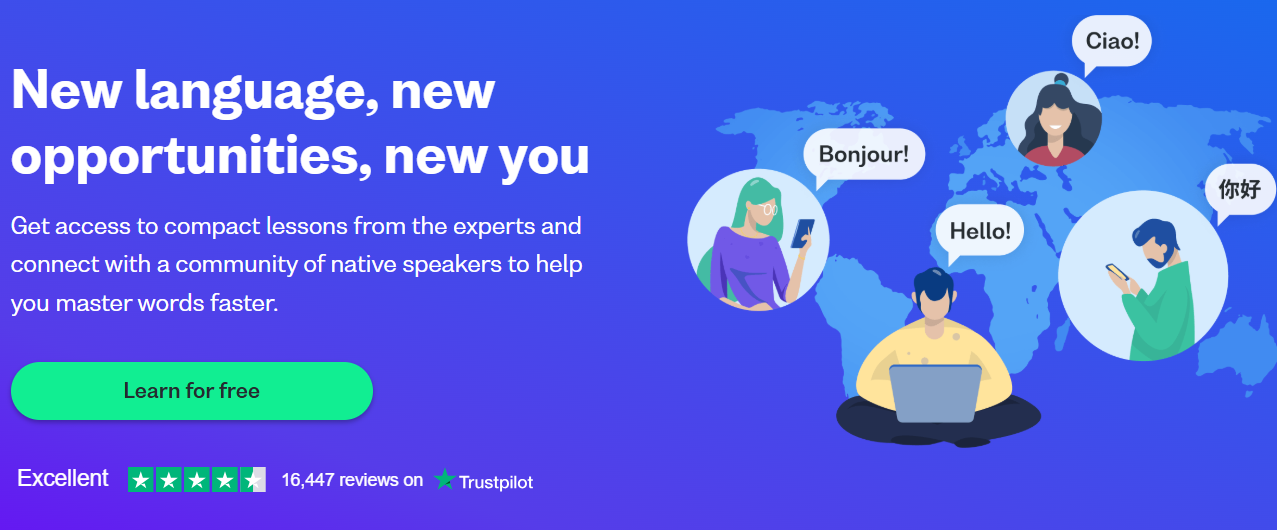Duolingo is a popular language-learning platform and mobile app designed to make learning languages engaging, accessible, and fun. Known for its gamified approach, Duolingo offers lessons in a wide variety of languages, catering to learners of all levels, from beginners to advanced. It is one of the most widely used language-learning tools globally.
Link : www.duolingo.com
Key Details About Duolingo:
- Overview:
- Founded: 2011.
- Founders: Luis von Ahn and Severin Hacker.
- Headquarters: Pittsburgh, Pennsylvania, USA.
- Purpose: To provide free, accessible language education to people around the world.
- Core Features:
- Language Lessons:
- Covers vocabulary, grammar, pronunciation, and conversational skills through bite-sized lessons.
- Gamified Learning:
- Points, streaks, and leaderboards motivate users to maintain regular practice.
- Interactive Exercises:
- Includes activities like matching words, translating sentences, and speaking tasks.
- Adaptive Learning:
- Tailors lessons based on the user’s performance to focus on areas needing improvement.
- Duolingo Stories:
- Offers short, interactive stories to improve reading and listening comprehension.
- Placement Tests:
- Allows users to start at the appropriate level based on their existing knowledge.
- Language Lessons:
- Languages Offered:
- Over 40 languages, including widely spoken ones like English, Spanish, French, and Mandarin, as well as niche or endangered languages like Hawaiian, Gaelic, and Navajo.
- Target Audience:
- Students: Looking to supplement school learning.
- Travelers: Preparing for international trips.
- Professionals: Seeking new language skills for career advancement.
- Casual Learners: Interested in exploring new languages and cultures.
- Global Reach:
- Over 500 million users worldwide.
- Available in multiple languages to cater to non-English speakers.
- Unique Features:
- Gamification:
- Uses rewards like gems, badges, and daily streaks to motivate users.
- Duolingo Plus:
- A subscription plan offering ad-free learning, offline access, and additional features.
- Duolingo Events:
- Virtual or in-person meetups to practice languages with other learners.
- Voice Recognition:
- Enables users to practice pronunciation.
- Leaderboard Challenges:
- Encourages friendly competition among learners.
- Gamification:
- Strengths:
- Free Access:
- The majority of the platform’s content is free to use.
- User-Friendly:
- Intuitive design and engaging interface.
- Consistent Practice:
- Encourages daily learning with reminders and rewards.
- Broad Language Selection:
- Offers courses in languages not commonly found on other platforms.
- Free Access:
- Challenges and Criticism:
- Simplistic Approach:
- May not be sufficient for advanced learners or those seeking deep fluency.
- Limited Cultural Context:
- Focuses on language mechanics over cultural immersion.
- Repetitive Exercises:
- Some users find the gamified tasks repetitive over time.
- Simplistic Approach:
- Competitors:
- Rosetta Stone: Known for immersive language learning.
- Babbel: Focuses on conversational skills and cultural context.
- Busuu: Offers interactive lessons with feedback from native speakers.
- Memrise: Emphasizes vocabulary retention through spaced repetition.
- Additional Tools:
- Duolingo English Test:
- A low-cost, widely accepted online English proficiency test.
- Classroom Feature:
- Used by teachers to track students’ progress in schools.
- Duolingo English Test:
Summary:
Duolingo is an innovative and user-friendly platform for learning new languages in a fun, gamified way. Its free model, engaging features, and extensive language offerings make it a popular choice for casual learners and language enthusiasts alike.
Visit www.duolingo.com to start your language-learning journey today.



